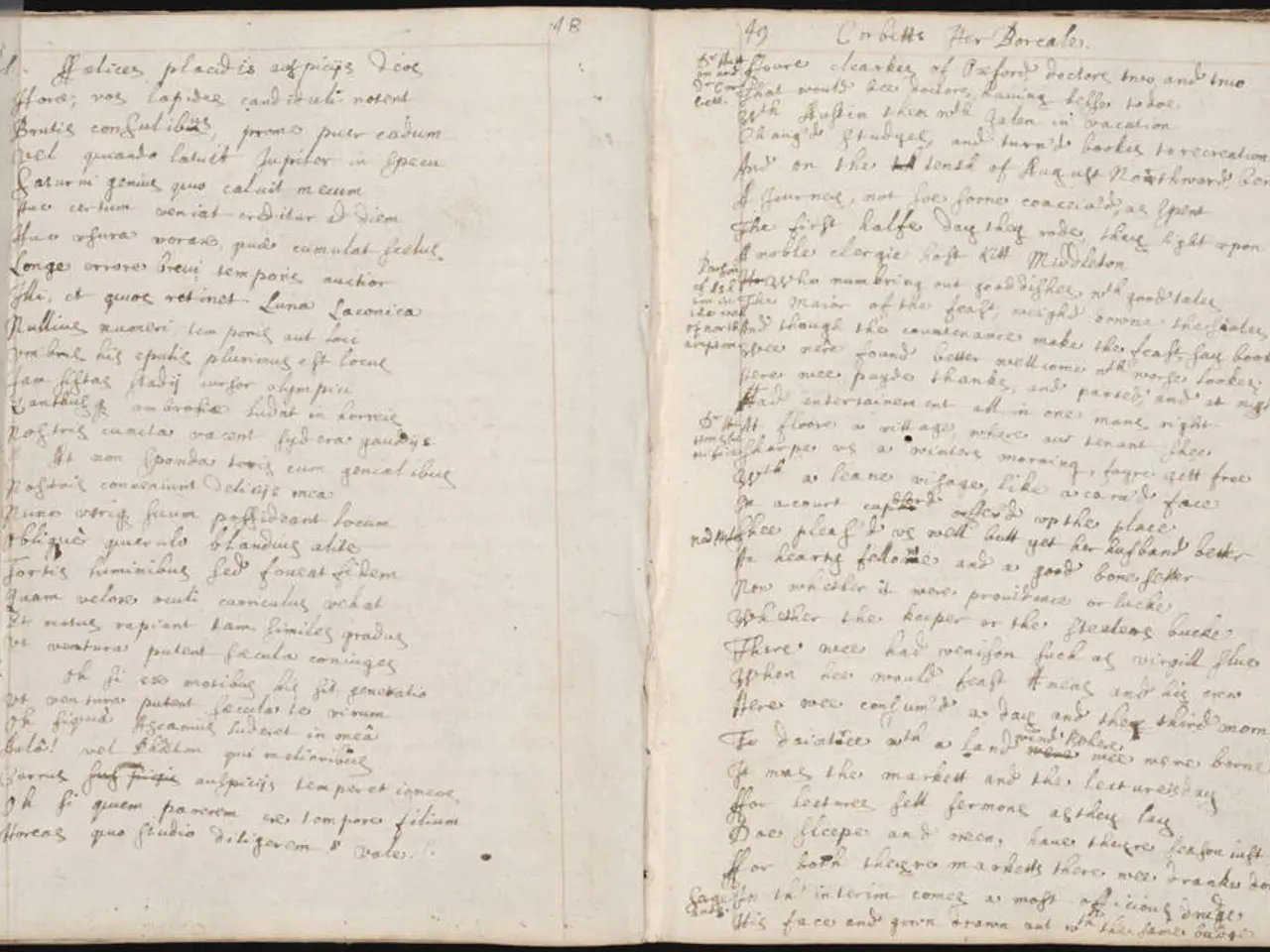A Guide to Maximizing Your Editor's Impact for Business Publications
Implementing professional book editing feedback can significantly improve the clarity, quality, and market readiness of your manuscript. Here's a step-by-step process to ensure the process is effective and manageable for both nonfiction and fiction authors.
First, consider the source of your feedback. Seek out knowledgeable editors who are familiar with your genre and writing style. Their guidance will be invaluable in shaping your work.
Taking emotional distance is crucial after receiving feedback. Take a break, days or even weeks, to detach emotionally and return with a fresh and objective mindset.
Evaluate the feedback critically, deciding which suggestions improve your manuscript and which do not align with your vision. Remember, you are in control of which changes to accept or reject.
Prioritize structural and developmental issues first. Address high-level concerns like structure, pacing, character development (for fiction), or argument clarity and flow (for nonfiction) before fine-tuning language.
Make revisions methodically. Implement changes in stages, focusing first on major revisions (developmental edits), then copyediting (grammar, style, consistency), and finally proofreading to catch typos and minor errors.
Use tools like Manuscript Analysis for objective feedback and re-run analyses after revisions to track improvement.
For nonfiction, follow publisher processes such as copyediting approval, indexing (if applicable), and provide input on cover design when requested.
If you have questions about the feedback, consult your editor for detailed explanations and advice on how to address specific issues.
When collecting general feedback, listen more than you talk and ask open-ended questions. However, it's best to receive feedback from friends and family after the book has been seen by a professional editor, undergone rewrites, and is almost ready.
The feedback from the editor includes a separate report and tracked changes within the manuscript. Print multiple copies of the manuscript and ask friends and family to read through it and mark on the copy any errors that they find.
The manuscript may contain hundreds of tracked changes, even for a manuscript in good shape before editing. Filter feedback by looking for trends and patterns in the readers' comments.
Remember, the process involves starting a rewrite after addressing the tracked changes and comments. Pay a professional to proofread your work for consistency and to fix any remaining errors.
The rewrite should be done deliberately and with thought, focusing on one problem at a time and applying it to the whole manuscript. Specific feedback, where you ask a reader to focus on one potential problem and provide their thoughts, can be particularly valuable.
Lastly, remember that preparing your book for publication is a complex and difficult process. See the completion of your first draft as not the end but the start.
By following this measured, stepwise approach, you can harness feedback objectively to improve your manuscript without becoming emotionally overwhelmed or haphazard.
Begin working on the first draft of your book with the revised version, utilizing professional feedback to enhance its overall quality and entertainment value. As you work through the various stages of editing, remember that significant improvements can be made by focusing on structural issues before fine-tuning language, even if you have a well-written manuscript initially. Engage your friends and family in the process by asking them to review books with the tracked changes made by your editor, as their input can provide additional perspectives and help eliminate minor errors.






